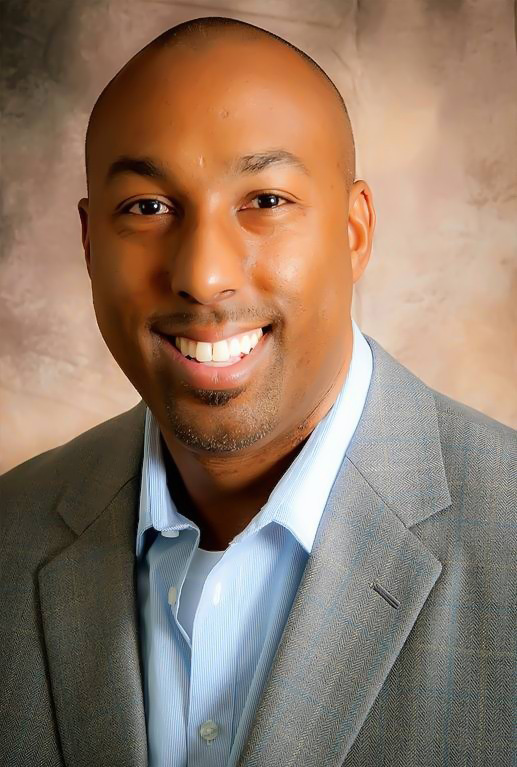
In April, I convened and moderated a panel discussion on the changing NCAA policy landscape and college athletes' rights during the American Educational Research Association's Annual Meeting in San Francisco. We actively engaged in a number of hot button topics including additional compensation and medical benefits for athletes, one-year renewal versus multi-year athletic scholarships, O'Bannon Class Action Complaint, and brain trauma in college football. This exchange of ideas ultimately led us to consider additional research and advocacy work to improve the well-being (e.g., academic, legal, and financial) of college student-athletes.
An area that we appeared to gloss over although it has received considerable public attention in recent years is the ardent debate over draft eligibility of college basketball players. Currently, for players who are not considered "international players," the NBA requires a one-year wait after high school and likewise incoming players must be at least 19 years of age during the calendar year of the draft.
Meanwhile, many stakeholders in the affairs college athletics have echoed the need for the NBA to adopt the MLB draft rule that allows high school graduates either to enter the draft or commit to a four – year college where they are not draft eligible for three years or until age 21.
With increased deregulatory measures in recent years, there is no better time than now to consider alternative rules for NBA draft eligibility. And the fact that NCAA President Mark Emmert publicly expressed his interest in the MLB draft rule for college basketball only reinforces the need for change.
The current NBA draft eligibility policy does absolutely nothing to improve the discouraging graduation rates of Division I men's basketball players, which is another agonizing reminder why change must come swiftly.
Roughly 20 percent of current players in the NBA have a college degree.
The NBA draft eligibility policy is indeed a business decision, and as such it does not complement the academic obligations and goals of student-athletes generally.
In light of the current draft eligibility policy for college baseball players, the proposal below outlines in broad strokes an alternative policy for the NBA to close the ever widening gap between athletics and education.
1. Communication between the NCAA, NBA, and NBPA. The first step in any improvement of the NBA draft process would require meaningful communication from three entities: NCAA, NBA, and NBPA.
2. Allow high school graduates to enter the NBA draft. High school players should be eligible to enter the NBA draft only after graduation, and if they have not attended college.
3. Change draft eligible requirements to 4- years. Once high school graduates have committed to a four-year college or university, they are not draft eligible for four years. According to the NCAA's recent graduation rates report for the entering class of 2005-06, there is a slight difference between Division I men's basketball and baseball student-athletes, 74.1% and 75.1%, respectively.
Men's basketball and baseball have the worst graduation rates as compared to other team sports. Both team sports can certainly benefit from 4-years in college to increase the likelihood of degree attainment.
4. Degree completion program. The NCAA, NBA, and NBPA should develop and implement a player development program to assist drafted athletes with college degree completion. The NBA team would be responsible for the athlete's remaining college tuition and fees.
5. Longitudinal assessment and evaluation of the draft eligibility policy. An important step in any effective policy initiative is the implementation of a comprehensive assessment and evaluation tool. In doing so, stakeholders can identify strengths and problem areas as well as increase their own and others' awareness about the draft eligibility policy.
Let's hope that changes to the current NBA draft eligibility policy can become a reality in the near future. It is in the best interest of the student-athlete and all three entities involved that a sensible dialogue begins through the lens of the MLB draft model.
Dr. Eddie Comeaux received his B.A. at Cal-Berkeley, where he also played baseball. In 1994, he was drafted by the Texas Rangers and spent four years playing professional baseball.
Dr. Comeaux is currently an Assistant Professor of Higher Education in the Graduate School of Education at the University of California, Riverside, where his research interests include student engagement, intercollegiate athletics, and diversity competence and leadership in defined social systems.
Dr. Comeaux can be reached at [email protected]